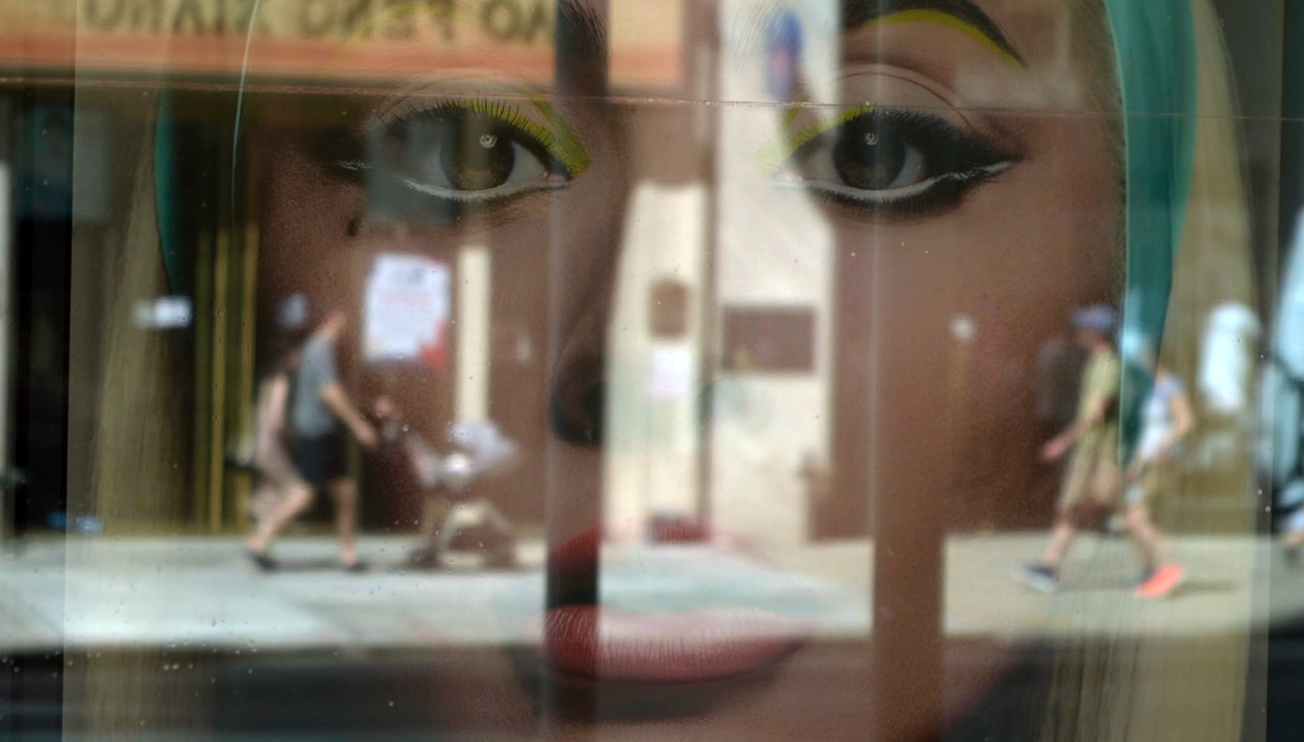Keywords: Gary Gilmore, death penalty, criminal justice, Execution, Lawrence Schiller, historical documentary, justice system. Three words: Chilling, Informative, Intriguing.
Introduction
"The Execution Of Gary Gilmore" is a gripping documentary directed by Emmy-Award winner Lawrence Schiller. Released in 2016, the documentary provides a deep dive into one of the most infamous executions in American history, which significantly reshaped the US criminal justice system.
Synopsis
The film takes us back to January 17, 1977, at 8:08am. After being deemed "cruel and unusual punishment" by the courts, the death penalty in America was reinstated. The first to face this once-abolished punishment was Gary Gilmore, whose last chilling words, "Let's do it," echo throughout the film. Through never-before-heard interviews with Gilmore, his girlfriend Nicole Baker, the widows of his victims, prosecutors, defense attorneys, and police, Schiller manages to shed new light on this pivotal moment in history.
More Film Analysis
Analysis
Schiller's approach in the documentary is both detailed and sensitive, taking great care to present all perspectives on the case. His meticulous research and use of archival materials, including previously unheard interviews, provide a comprehensive exploration of Gilmore's execution and its impact on the American justice system.
Historical and Factual Context
The documentary provides a stark reminder of a time when the death penalty was reinstated in America, sparking heated debates about justice and morality. Gilmore's case served as a turning point, prompting a reevaluation of the criminal justice system that still resonates today.
Key themes in the film
- The implications of the death penalty
- The intricacies of the American justice system
- The human impact of crime and punishment
Film Comparisons
"The Execution Of Gary Gilmore" can be compared to documentaries such as "Into the Abyss" and "The Thin Blue Line," which also explore the profound complexities of crime, punishment, and the justice system.
Noteworthy Moments
One of the most impactful moments in the documentary is the chilling silence that precedes Gilmore's execution, punctuated only by his haunting last words: "Let's do it."
Reviews
This documentary was well-received by audiences and critics alike for its in-depth exploration of a historic case. Critics praised Schiller's comprehensive approach and ability to present all perspectives on the case with sensitivity and respect.
Conclusion
"The Execution Of Gary Gilmore" is a thought-provoking documentary that offers a complex exploration of a historic case and its profound impact on American justice. It is a must-watch for anyone interested in criminal justice and legal history.
More film information:
FILM SUMMARY
- Genre: Documentary
PERSONALITIES
- Gary Gilmore: The first man to be executed in the US after the reinstatement of the death penalty.
- Nicole Baker: Gilmore's girlfriend.
- Lawrence Schiller: The Emmy-Award winning director of the documentary.
LOCATIONS
- The United States
Key Questions Raised by the Film:
- What were the implications of the reinstatement of the death penalty in America?
- How did Gilmore's execution impact the American justice system?
- What are the various perspectives on the case, and how are they presented in the film?
Links for Further Exploration:
I wonder what the film would be in another art form



- If this film was a famous book, which one would it be? "Dead Man Walking" by Sister Helen Prejean, as both works explore the complexities of the death penalty.
- If this film was a famous song, which one would it be? "Hurricane" by Bob Dylan, due to its exploration of crime, punishment, and justice.
- If this film was a famous piece of art, which one would it be? "The Death of Socrates" by Jacques-Louis David, as it portrays the chilling reality of capital punishment.
- If this film was a famous celebrity, who would it be? Robert Downey Jr. for his ability to portray complex characters with a troubled past.
- If this film was a color, which one would it be? Grey, representing the moral ambiguity surrounding the death penalty.
- If this film was a music style, which one would it be? Blues, due to its exploration of pain, suffering, and complex human emotions.








